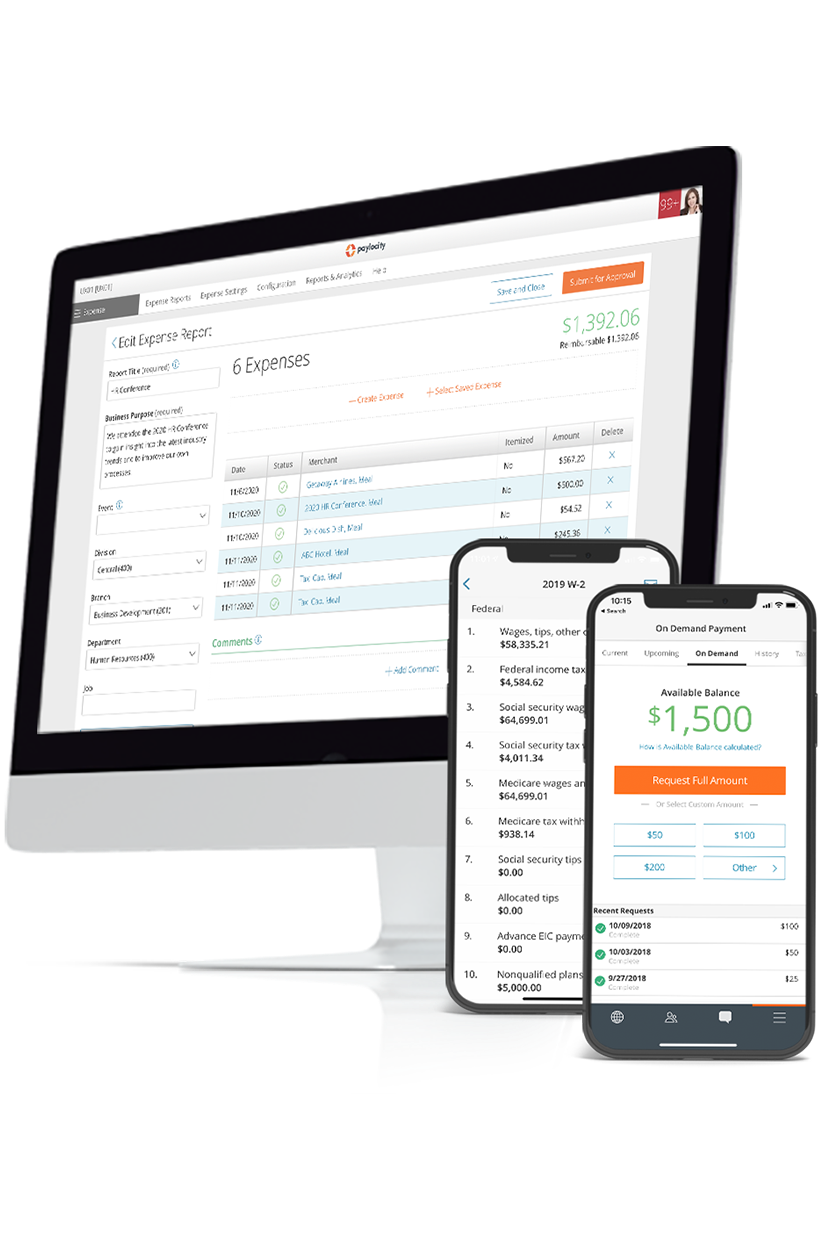Retro Pay
Summary Definition: Compensation added to an employee's paycheck to make up for a shortfall in a previous pay period.
What is Retro Pay?
Retroactive pay, or retro pay, is extra income added to an employee’s paycheck to compensate the employee for unpaid work performed in a prior pay period.
To calculate retro pay, simply subtract the amount of wages an employee received from the amount of wages they should’ve received for the work they completed.
The remaining difference becomes retro pay when it’s added to the employee’s next paycheck instead of creating a corrected or second check to cover the amount.
When is Retro Pay Needed?
Retro pay is most commonly used whenever an employer owes wages to an employee for work performed in a prior pay period. Needing retro pay means any one of the following could have happened:
- The employer forgot to include an employee’s bonus or supplemental income
- The employee’s overtime pay was left out of their paycheck
- An incorrect pay rate was used to calculate the employee’s gross pay
- The employer forgot to include a shift differential
Key Takeaways
- Retro pay is a way for employers to compensate employees for work that went unpaid in a prior pay period.
- Numerous types of payroll errors, such as forgetting to include a bonus or accidentally using an incorrect pay rate, can cause the discrepancy in pay.
- Sometimes, retro pay can be sought in a lawsuit for workplace violations or unfair conditions.
How to Calculate Retro Pay
While the concept of retro pay seems simple, calculating it involves a few different steps:
- Calculate the difference between the gross pay the employee received and the gross pay they should’ve received.
- Determine how many pay periods or worked hours the discrepancy affected.
- Multiply the pay difference by the amount of impacted pay periods or worked hours to find the retro pay amount.
- Apply all necessary withholdings and deductions to the retro pay amount.
- Add the retro pay amount to the employee’s next paycheck.
Employers can use an automated retro pay calculator to help with this process, but the arithmetic is straightforward enough that it can be done manually as well.
Retro Pay and Tax Withholdings
Despite being retroactive, retro pay is still payroll. This means it still needs to have regular tax withholdings and deductions taken out before going to the employee. For this reason, it’s best to use an employee’s gross pay rate when calculating retro pay, not their net pay rate.
Retro Pay vs. Back Pay
Although they both deal with employees not receiving all of their owed wages, retro pay and back pay are applied in different circumstances.
| Question | Retro Pay | Back Pay |
|---|---|---|
| Why is it needed? | To correct miscalculations in an employee’s paycheck | To compensate an employee for wages that were correctly calculated but never received |
| What's the amount involved? | The difference between what the employee was paid and what they should’ve been paid | The full amount of wages the employee didn’t receive |
Retro Pay Example
Employee A earns an annual salary of $50,000, and since she is paid biweekly (26 times a year) her gross pay for each pay period is $1,923 ($50,000 ÷ 26).
During her recent review, Employee A learns she’s getting a $3,000 raise for her performance over the last year. This would mean her gross pay for each pay period would increase to $2,038 ($53,000 ÷ 26).
However, during the first pay period after receiving this raise, the accounting team accidentally forgot to include that raise when calculating Employee A’s gross wages. As a result, Employee A’s gross pay was still $1,923 instead of the $2,038 it should’ve been.
At the end of the next pay period, Employee A received her normal gross pay ($2,038) as well as $115 in retro pay ($2,038 - $1,923) for a total of $2,153 ($115 + $2,038).
Back Pay Example
Employee B earns an hourly rate of $15.00, and since he’s paid biweekly (26 times a year) his gross pay for each pay period is $1,200.
During the prior pay period, Employee B didn’t receive his wages due to technical problems that crashed his employer’s payroll system. As a result, Employee B had to wait until the following pay period to receive the lost wages he didn’t receive.
At the end of the next pay period, Employee B received his normal $1,200 gross pay as well as $1,200 in back pay for the prior pay period.

Save Time with Stress-Free Payroll Solutions
Payroll doesn’t have to be complicated, but it does have to be right. Stay compliant, collect employee data, and streamline tax filing – all while putting time back in your day with our automated payroll software. With the assurance of an error-free workflow, you can get back to what matters most – your people. Learn how our modern solutions get you out of the tactical and back to focusing on the bigger picture.